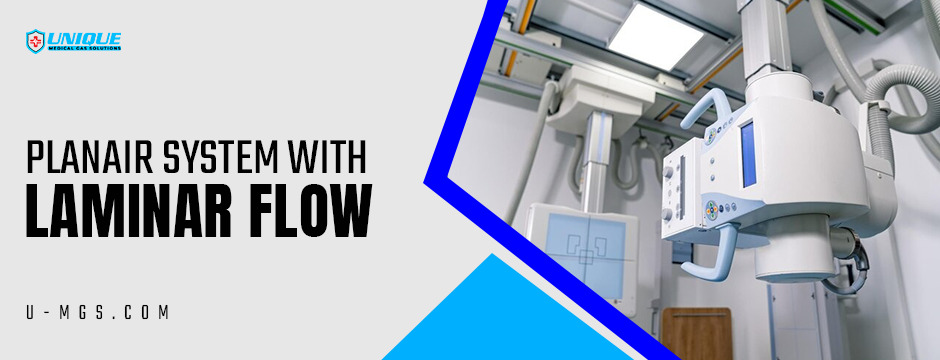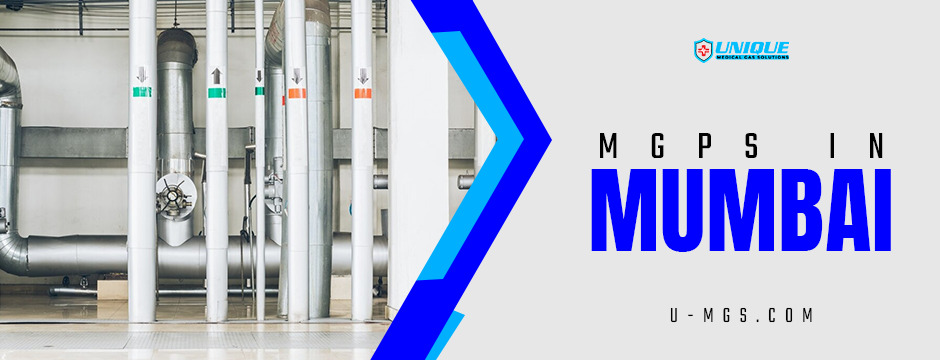Laboratories are the heart of scientific discovery, medical innovation, and industrial research. However, these environments are also high-risk areas where safety, contamination control, and precision matter the most. Whether it’s a pharmaceutical laboratory working with sensitive drug formulations, a microbiology lab dealing with pathogens, or a chemical research facility handling volatile substances, the need for a controlled environment cannot be overstated. One of the most effective technologies to ensure laboratory safety and maintain clean air standards is the Planair system with laminar flow for Modular OT.
Laminar flow for Modular OT technology is designed to provide a continuous, unidirectional flow of filtered air that prevents cross-contamination and protects both personnel and samples. Unlike conventional ventilation systems, laminar flow for Modular OT ensures that particles, microbes, and harmful contaminants are swept away efficiently, creating a sterile and safe working environment. The Planair system, known for its advanced engineering and reliability, combines precision airflow control with modern safety standards to meet the demands of today’s laboratories.
In this blog, we will explore why the Planair system is indispensable for laboratory safety, how it works, the risks it mitigates, its applications, and why modern laboratories should prioritise its integration for long-term success.

Understanding the Basics of Laminar Flow for Modular OT
Laminar flow for Modular OT refers to the streamlined, unidirectional movement of air across a workspace. Unlike turbulent flow, where air moves in multiple directions and increases the risk of contamination, laminar flow for Modular OT maintains a steady, uniform stream that continuously sweeps away particles. The air is passed through HEPA or ULPA filters, ensuring it is free from dust, microbes, and aerosols before entering the workspace.
The Planair system enhances this principle by delivering consistent airflow velocity and pressure control. It ensures that laboratory environments maintain sterility, reducing the risks associated with airborne contaminants.
Why Laboratory Safety Depends on Laminar Flow for Modular OT?
- Prevention of Cross-Contamination: In laboratories, even microscopic contaminants can alter results or compromise research. Laminar flow for Modular OT ensures that air is filtered and directed in a single direction, preventing harmful agents from spreading.
- Protection of Personnel: Scientists, technicians, and researchers are constantly exposed to chemical fumes, infectious agents, or nanoparticles. The Planair system ensures clean airflow that shields them from respiratory hazards.
- Sample Integrity: Experiments demand accuracy. A single dust particle or bacterial spore can invalidate results. Laminar flow for Modular OT guarantees a contaminant-free environment, preserving the integrity of samples.
- Regulatory Compliance: Many laboratories operate under stringent safety and quality regulations such as ISO, GMP, or GLP standards. Installing a Planair system with laminar flow for Modular OT helps laboratories meet these global compliance requirements.
Key Features of the Planair System
- Advanced Filtration – Equipped with high-efficiency filters that eliminate 99.99% of airborne contaminants.
- Unidirectional Airflow – Maintains consistent laminar flow for Modular OT patterns for optimal safety.
- Energy Efficiency – Designed to reduce power consumption without compromising safety standards.
- Customizable Design – Adaptable for different laboratory environments, from pharmaceutical cleanrooms to academic research labs.
- Noise Reduction Technology – Ensures quiet operation, allowing researchers to focus without distraction.
Applications Across Laboratory Settings
- Pharmaceutical Laboratories – Protecting drug formulations and clinical trial samples from contamination.
- Biotechnology & Microbiology Labs – Ensuring sterility when working with cell cultures, DNA sequencing, or pathogenic organisms.
- Chemical Analysis Labs – Containing volatile organic compounds and preventing hazardous exposure.
- Medical and Clinical Research – Protecting diagnostic samples, ensuring accuracy in patient-related testing.
- Industrial R&D Labs – Safeguarding sensitive prototypes and materials from airborne interference.
Risks of Not Using Laminar Flow for Modular OT Systems
Without laminar flow for Modular OT systems like Planair, laboratories are exposed to:
- Higher contamination rates lead to inaccurate results.
- Increased exposure to biohazards and chemical agents for personnel.
- Greater operational risks due to non-compliance with safety regulations.
- Financial losses from compromised experiments and failed quality assurance audits.
The Science Behind Planair’s Effectiveness
The MGPS in Mumbai integrates HEPA/ULPA filtration, airflow control, and ergonomic design to provide a secure environment. Maintaining constant positive pressure and uniform velocity across the workspace eliminates dead zones where contaminants could accumulate. This ensures maximum protection while allowing seamless workflow in the laboratory.
Long-Term Benefits for Laboratories
- Enhanced Safety Culture – Prioritising the well-being of personnel.
- Improved Research Outcomes – Ensuring accurate, reproducible results.
- Operational Efficiency – Reducing downtime caused by contamination events.
- Cost Savings – Preventing wasted resources and failed experiments.
- Global Recognition – Meeting international standards builds credibility and trust.

Final Words
In today’s fast-paced research and development landscape, laboratories cannot afford to compromise on safety and precision. The Planair system with laminar flow for Modular OT is more than just an air filtration solution—it is a critical safety infrastructure that ensures clean, sterile, and compliant working environments. From protecting personnel to safeguarding experimental integrity, its role is indispensable across industries.If you are a laboratory decision-maker, researcher, or facility manager, investing in the Planair system is an investment in safety, accuracy, and long-term success. To explore innovative laboratory solutions and advanced laminar flow for Modular OT systems, visit Unique Medical Gas Solutions today and take the next step toward a safer, more efficient research environment.



No comment